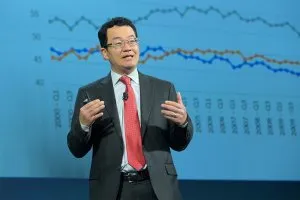Investors are searching for inflation-resistant asset classes to add to their portfolios. Farmland is sometimes overlooked as an investment, but it’s a hard asset that has historically produced consistently positive returns with lower volatility and a strong correlation to inflation.
Investors should consider three farm types:
Investors should consider three farm types:
- Row crop farms—These may provide a return over a comparatively shorter hold period—say, three to five years. They tend to generate moderate, stable cash flows from annual rents, with land appreciation playing a major role in total returns.
- Permanent crop farms—These generally have a longer hold period and are more volatile than row crop farms. But generally they offer higher returns since they aren’t replanted annually. This farm type offers diversification since permanent crops require different growing conditions from row crops.
- Timberland—This type of investment generally has the longest hold period of the three types, but it also has some flexibility on harvest. There’s a saying that timber value can be “stored on the stump,” meaning less favorable market conditions can often be waited out. Historical returns for direct timber investments have been strong. The National Council of Real Estate Investment Fiduciaries claims annualized total returns of 10.74% for its Timberland Index from 1987 through the end of 2021.
Allocating assets into different crop types in different regions with diverse time horizons can further insulate an agriculture portfolio.








